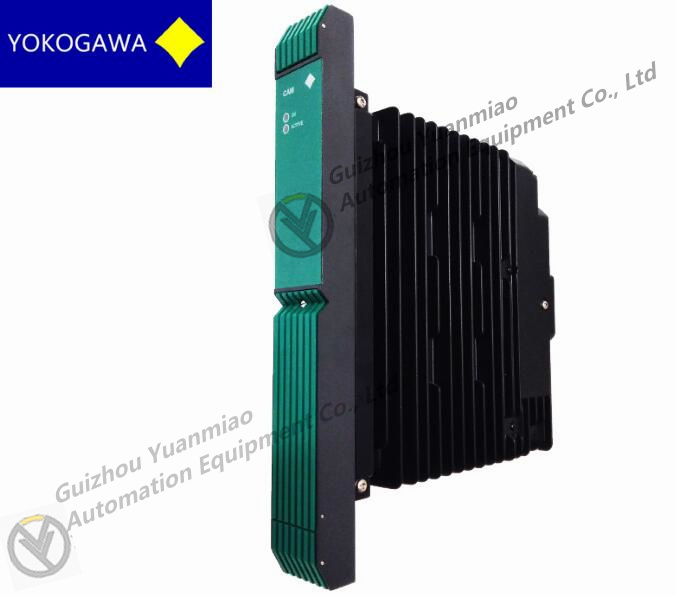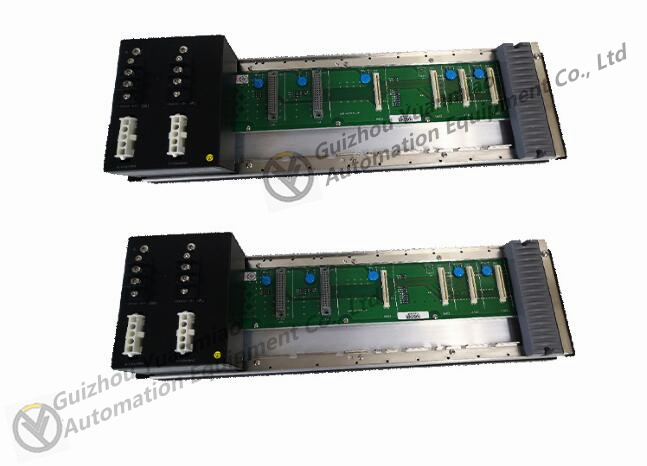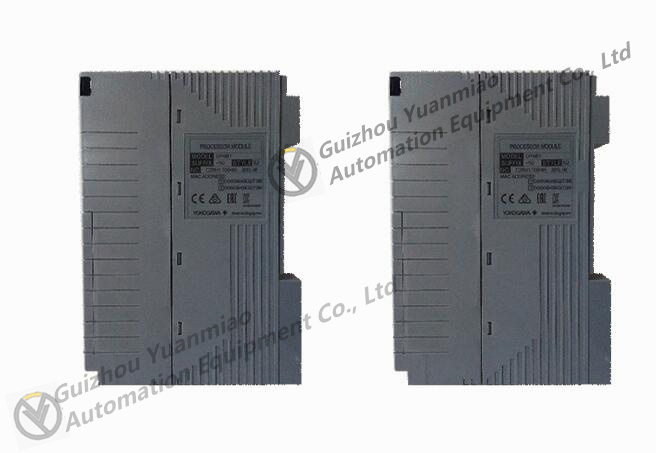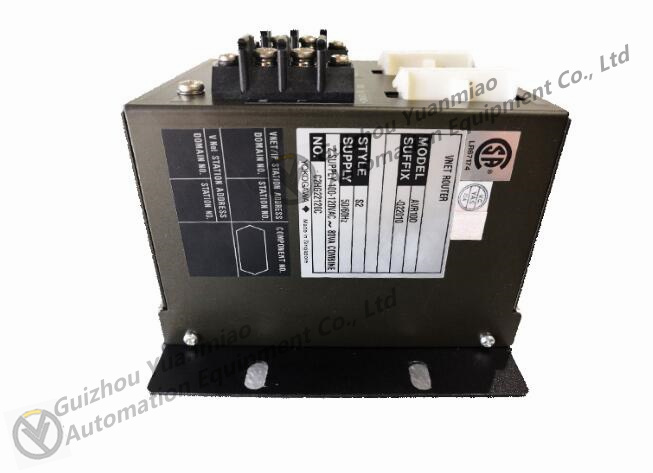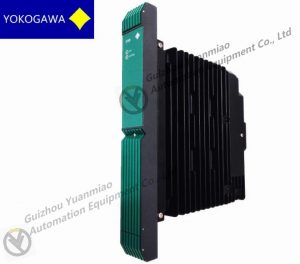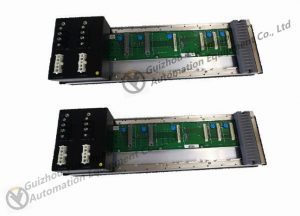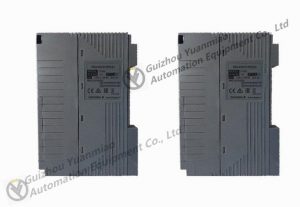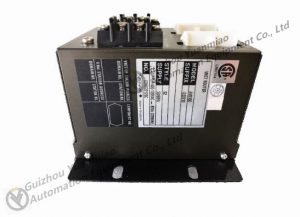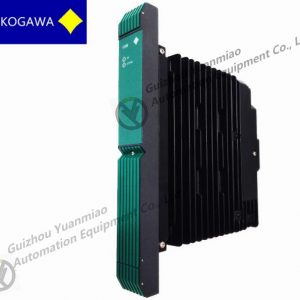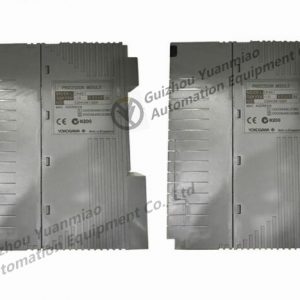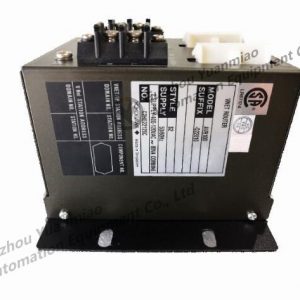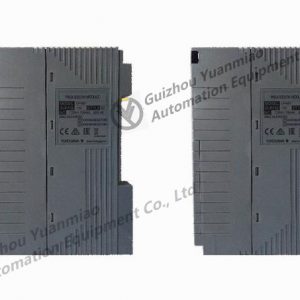YOKOGAWA PSCAMAAN-16404-5003 Communication Module
YOKOGAWA PSCAMAAN-16404-5003 Communication Module Product Details:
Generally speaking, communication modules are commonly used to achieve data communication and information transfer between devices in industrial automation systems. Communication modules can be used to connect different types of devices, enabling them to exchange data, commands, and status information with each other.
The application areas of communication modules may include but are not limited to the following aspects:
Industrial automation: Communication modules can be used to connect and communicate with various industrial equipment, such as PLCs, sensors, actuators, etc., to achieve data acquisition, remote monitoring, and control.
Data collection and monitoring: In various environments, communication modules can be used for data collection equipment, such as meteorological stations, environmental monitoring stations, etc., to transmit data to the central control system.
Energy management: The communication module can be used for energy metering equipment and monitoring systems to achieve real-time monitoring and data collection of energy usage.
Building automation: In the automation system of buildings and facilities, communication modules can be used in the building control system to achieve control and monitoring of lighting, air conditioning, security and other equipment.
Remote monitoring and maintenance: The communication module also plays an important role in the field of remote monitoring and maintenance, allowing for remote access to equipment and the execution of diagnostic and maintenance operations.
Industrial Internet (IIoT): The communication module is a key component to realize industrial Internet applications, supporting the connection and data transmission between devices.
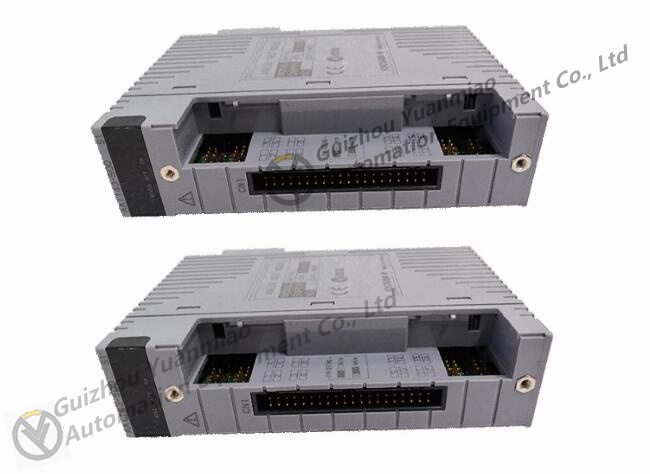
PSCAMAAN 16404-5003 is usually only used when precision is required
The distributed element model or transmission line model of electrical engineering assumes that the properties of the circuit (resistance, capacitance, and inductance) are continuously distributed throughout the entire circuit material. This is similar to the more common lumped component model, which assumes that these values are concentrated in electrical components connected together by perfect conduction of wires. In the distributed component model, each circuit component is extremely small, and the wires connecting the components are not considered perfect conductors; That is to say, they have impedance. Unlike the lumped component model, it assumes non-uniformity along each branch and non-uniform voltage along each wire.
The distributed model is used to make the wavelength comparable to the physical size of the circuit, making the lumped model inaccurate. This occurs at high frequencies with very short wavelengths, or at low frequencies but very long, on transmission lines such as overhead power lines.
The distributed element model is better than the lumped element model. The use of infinitesimals typically requires the application of stones, while circuits analyzed using lumped component models can be analyzed using linear algebra. Therefore, distributed models are usually only used when accuracy is required. The position of this point depends on the accuracy required for the specific application, but essentially, it needs to be used in circuits where the signal wavelength is equivalent to the physical size of the component. A frequently cited engineering rule of thumb (not to be taken literally, as there are many exceptions) is that parts larger than one tenth of a wavelength typically need to be analyzed as distribution elements.
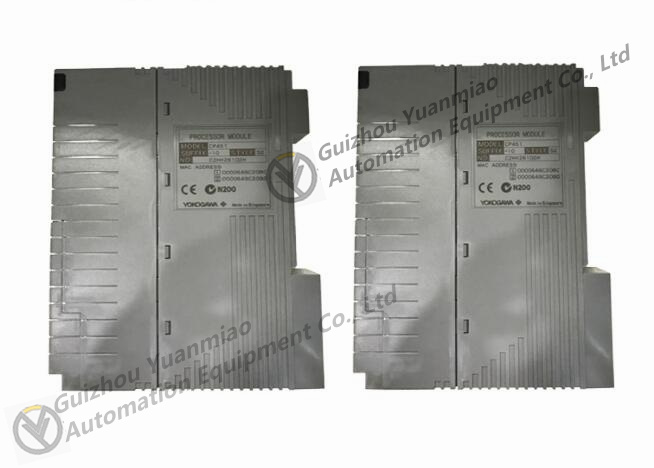
| YOKOGAWA | CP345 |
| YOKOGAWA | F3BU06-0N |
| YOKOGAWA | F3LC21-1N |
| YOKOGAWA | F3NC01-0N |
| YOKOGAWA | F3NC02-0N |
| YOKOGAWA | F3PU06-0N |
| YOKOGAWA | F3PU10-0N |
| YOKOGAWA | F3SP21-0N |
| YOKOGAWA | F3WD64-3N |
| YOKOGAWA | F3XD64-3N |
| YOKOGAWA | F3YD64-1A |
[Disclaimer]
Our company sells new products and discontinued products, and purchases such special products through independent channels. Guizhou Yuanmiao Automation Equipment Co., Ltd. is not an authorized distributor, distributor or representative of the featured products of this website. All product names/product images, trademarks, brands and microlabels used on this website are the property of their respective owners. Product descriptions, descriptions or sales with these name images, trademarks, brands and logos are for identification purposes only and do not represent any association or authorization with any right holders.

